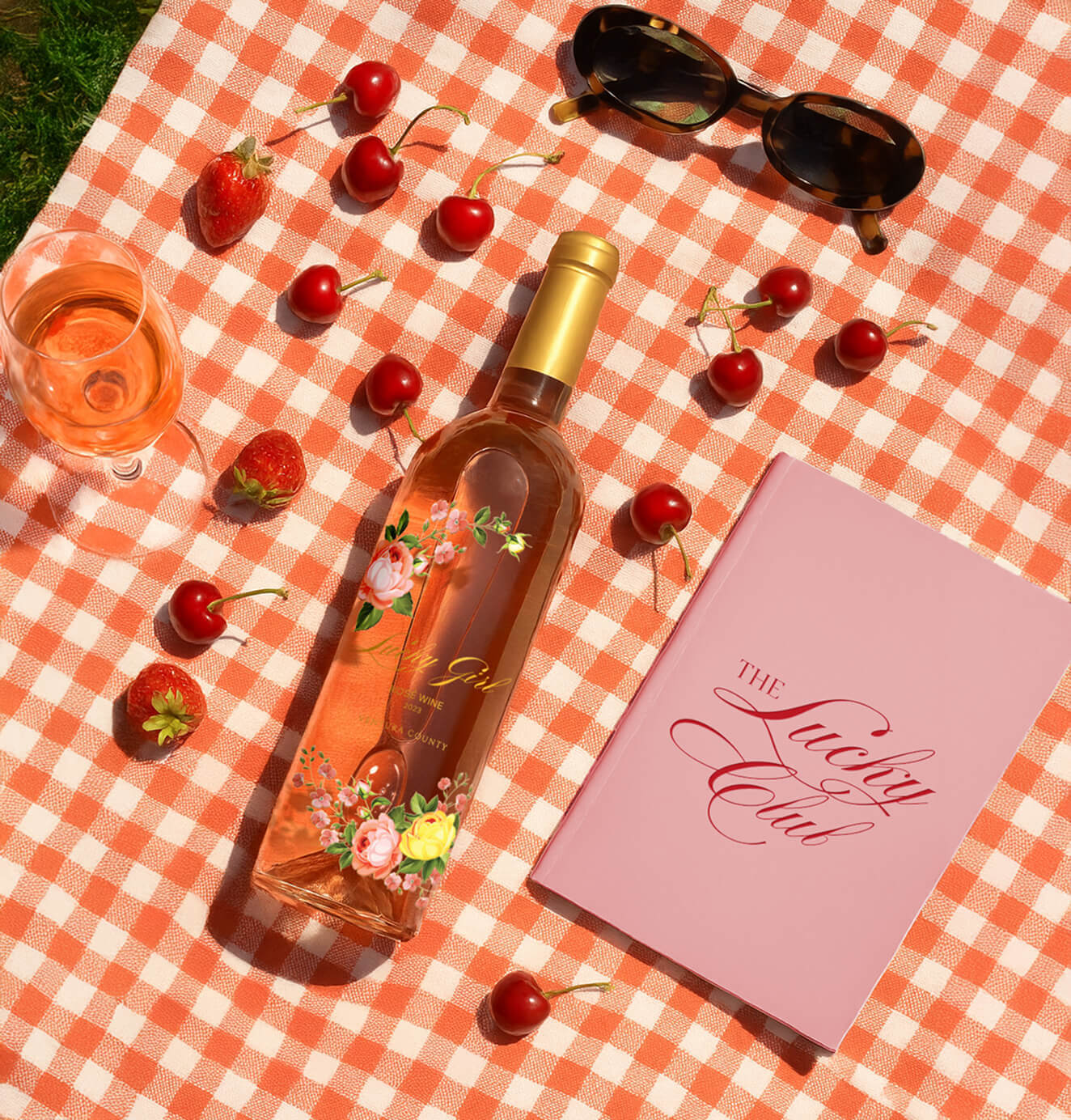Brand Cannibalization: Are You Eating Into Your Own Market?
08/08/2025
Brand Strategy
Discover how to identify, manage, and prevent brand cannibalization to protect your market share and maximize growth.
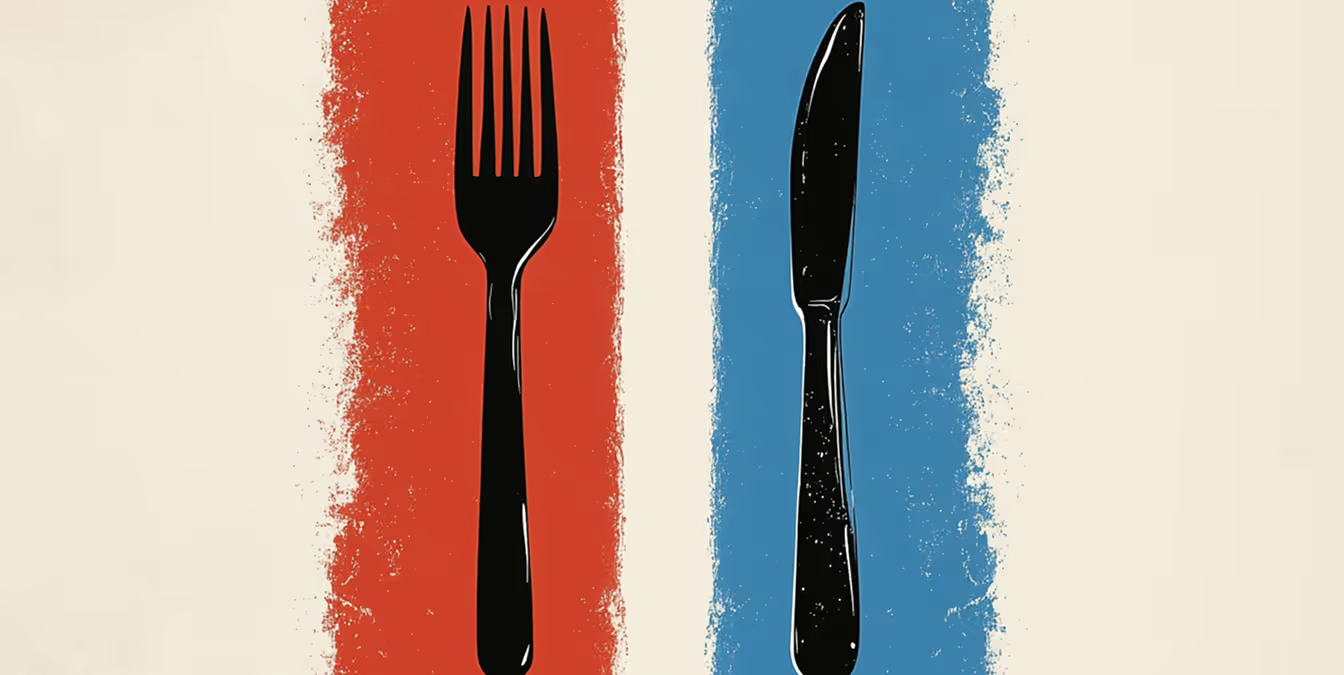
These days, it’s all about innovating for the ‘next best thing’. Companies looking to expand their presence across the growing digital platform find themselves in competition with one another for customer interest and attention. And more often than not, a brand can also find itself competing with… itself. When this happens, the brand is getting eaten alive by its own kind - ‘brand cannibalization’ is taking place. But as scary or counterproductive as it sounds, ‘brand cannibalization’ can be a planned and calculated part of an overall branding strategy.
.png)


Market Cannibalization



Companies sometimes deliberately target their own markets in the hope of securing a larger portion of the company's market share.
The key is in knowing how to draw the line between stealing customers from competitors and stealing customers from yourself. This often involves understanding how a new product might share the same customer base as an existing one, potentially splitting sales without increasing market share.
Do you need help with your brand strategy, product strategy, positioning or other branding services?
What Is Brand Cannibalization?
Brand cannibalization happens when a company releases two or more products that compete with each other.
This may lead to:
- An oversaturation of the market, eating into sales of the company’s existing product lines,
or
- Damaging the existing brand and all the hard work put into it
Because they’re buying your shiny new offering, your existing customers would buy less of your older product, impacting your own sales.
If either one of these scenarios happen, you’ve got brand cannibalization hot and heavy on your heels. Market cannibalization can occur, where new products diminish demand for existing ones, impacting overall sales.
The good news is that there are ways to avoid the negative effects of brand cannibalization, and even use it to your advantage.
Some brands out there intentionally ‘cannibalize’ themselves in an effort to execute their brand vision and carve out a bigger piece of the market share for their own taking.
Take Apple for instance. Almost every year a new iPhone fitted with fancy upgrades is released, inevitably driving down the sales of older models. Yet by doing just this, Apple has still managed to increase their overall sales.
As Steve Jobs famously quoted in his biography:
“If you don’t cannibalize yourself, someone else will.”
Planned brand cannibalization can be seen as a gamble, but if you play your cards right you could be winning the jackpot of your life.
Let’s take a look at another example of a brand cannibalization strategy that struck gold.
The Curious Case Of Costco's Existing Products
If products were pounds of flesh, Costco has managed to make cannibals of its suppliers.
Here’s how.
The Kirkland Signature coffee
Their Kirkland Signature products are often private labelled and manufactured by big brands that sell their own branded products on Costco shelves. The Kirkland Signature coffee made by Starbucks is just one of many examples: This is a case of Brand Cannibalization done right.
Similarly, companies are launching their own home rental business to counter the impact of competitors such as Airbnb.
What's insane is that they must abide by the following criteria, according to Costco's co-founder James Sinegal:
- The quality needs to be as good as, if not better than the national market leader.
- The product must cost 15-20% LESS than the already low prices at Costco.
- The product must be something customers care about.
Why would companies cannibalize their business by supporting a brand that isn't theirs and being sold in the exact same venue? In other words, what kind of magic does Costco use to get these brands to shoot themselves in the foot?
It's not as crazy as one might think.
In 2020, Costco generated $122.14 billion in revenue from their operations in the United States.
That's one BIG revenue pie. Even though you'll have a private labelled version of your product in the same outlet, you're not going to miss out on that pie. Either way the choice for consumers is to have your product or your product (under the Kirkland Signature brand). Besides, you wouldn't have to drop a dime on social media ads or other forms of advertising.
This is a case of Brand Cannibalization done right.
Don’t Eat Your Own Brand: Indulge In Brand Evolution Instead
If you want your new product to have an impact on competitors rather than hurt other sales from your own company, here are some marketing strategies to keep in mind before launching any new product or brand.
1. Make Your Brands Sisters, Not Twins

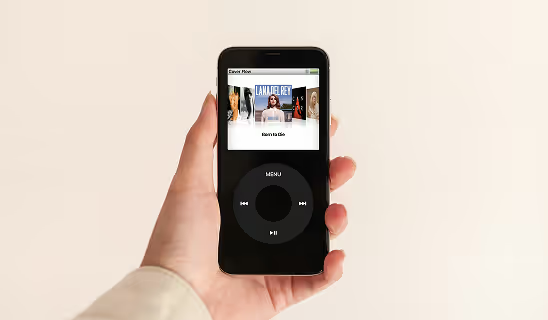










What makes each brand unique? When you’re thinking up a new brand to launch, think of characteristics that can make each brand distinctive. If the two are too similar you run the risk of a customer overlap and end up just switching sales from one to the other. Attracting new customers can help expand your customer base and prevent this overlap. Here’s where mapping out a brand positioning strategy matters a huge deal.
You should also think of your brands like your kids: they each have their individual strengths and weaknesses, but in no way would you choose one over the other (at least not out loud, anyway).
There are a few strategies to consider when looking for brand differentiation:
**Know your customers…**Intimately
Identify your ideal customers for the existing brand, and then steer clear of them when innovating your new one. If your target customers for both brands share a lot of the same characteristics, chances are you’re on your way to some flesh-eatin’ cannibalization.
Make Them Go Hand-in-Hand
By getting to know your existing customers, you can also identify their desires and frustrations better. The trick is to then find out what complementary service will partner well with what you’re already offering. Is there any need that isn’t currently being met? What will make them want more of the existing product or service?
Go Affordable… or Go Premium!
Introducing a new brand with a different price point will appeal to different audiences completely. A cheaper brand might steal revenue away from a more expensive option, so be sure not to cannibalize the brand that makes you the most profit.
This is where a clear differentiation in brand development is important. Think of clothing brands that choose to provide ‘Luxury for Less’ through much cheaper secondary lines, like Versace for H&M. More expensive means more unique, personalized and limited, less expensive means standardization and efficiency. Both are appealing, it just depends on who.
Want to learn more about brand platforms, Brand Strategy and Brand Identity? Keep reading!
If you need help with your companies brand strategy and identity, contact us for a free custom quote.
2. Put It To The Test

With a new product or service, it's pretty unlikely you'll get it right on the first go no matter how much research and work went into it.
The best way to know if your product is actually going well with the target audience is get it straight from the horse's mouth - interview them, carry out surveys and focus groups. You can then find out which segments are responding positively or negatively before launch day arrives. The last thing you would want is to have a fully-fleshed out product that doesn't sell because you spent all this time researching but simply didn't listen closely enough.
3. Monitor & Review (Constantly!)

Monitoring sales growth across all product lines closely is imperative in order to see if there’s an unintended effect on existing products.
You can calculate the percentage that new sales occurred at the expense of the older brand through the Cannibalism Rate: dividing lost sales for the older brand by the total sales of the new one.
Cannibalization Rate = Sales lost on existing brand ÷ Sales gained with new brand
This can also impact the sales volume of existing products, potentially leading to a reduction in their demand.
Keeping track of your cannibalization rate can inform you if an overlap of sales is happening and get you to take action quickly to mitigate cannibalism of your own brands.
Keep in mind to also make sure your overall brand health metrics and KPIs are running at optimal levels (if you’re not into playing brand doctor, fret not! That’s what we’re here for).
Conclusion
So, what's the verdict? Is brand cannibalization a good thing or bad thing for your company?
Well, it depends.
The truth is as savage as it sounds, when done right, brand cannibalization can be a huge advantage. Some of the biggest brands in the world, like Apple and Costco, have been doing it for years and are reaping the benefits from their strategies.
If you don't take the opportunity to grow your product line at all, someone else might just come along to take up space with their own product's offerings (and you don't want that!).
Here at The Branded (a.k.a. one of Canada's top branding agencies), we'll help you uncover what makes your brand unique - just get in touch and we'll tell you how it's done.
Feel free to check out our other blog posts here for more valuable information to grow your business.

Sloane Avery
As entrepreneurs, they’ve built and scaled their own ventures from zero to millions. They’ve been in the trenches, navigating the chaos of high-growth phases, making the hard calls, and learning firsthand what actually moves the needle. That’s what makes us different—we don’t just “consult,” we know what it takes because we’ve done it ourselves.
Want to learn more about brand platform?
If you need help with your companies brand strategy and identity, contact us for a free custom quote.
We do great work. And get great results.
+2.3xIncrease in revenue YoY
+126%Increase in repurchase rate YoY
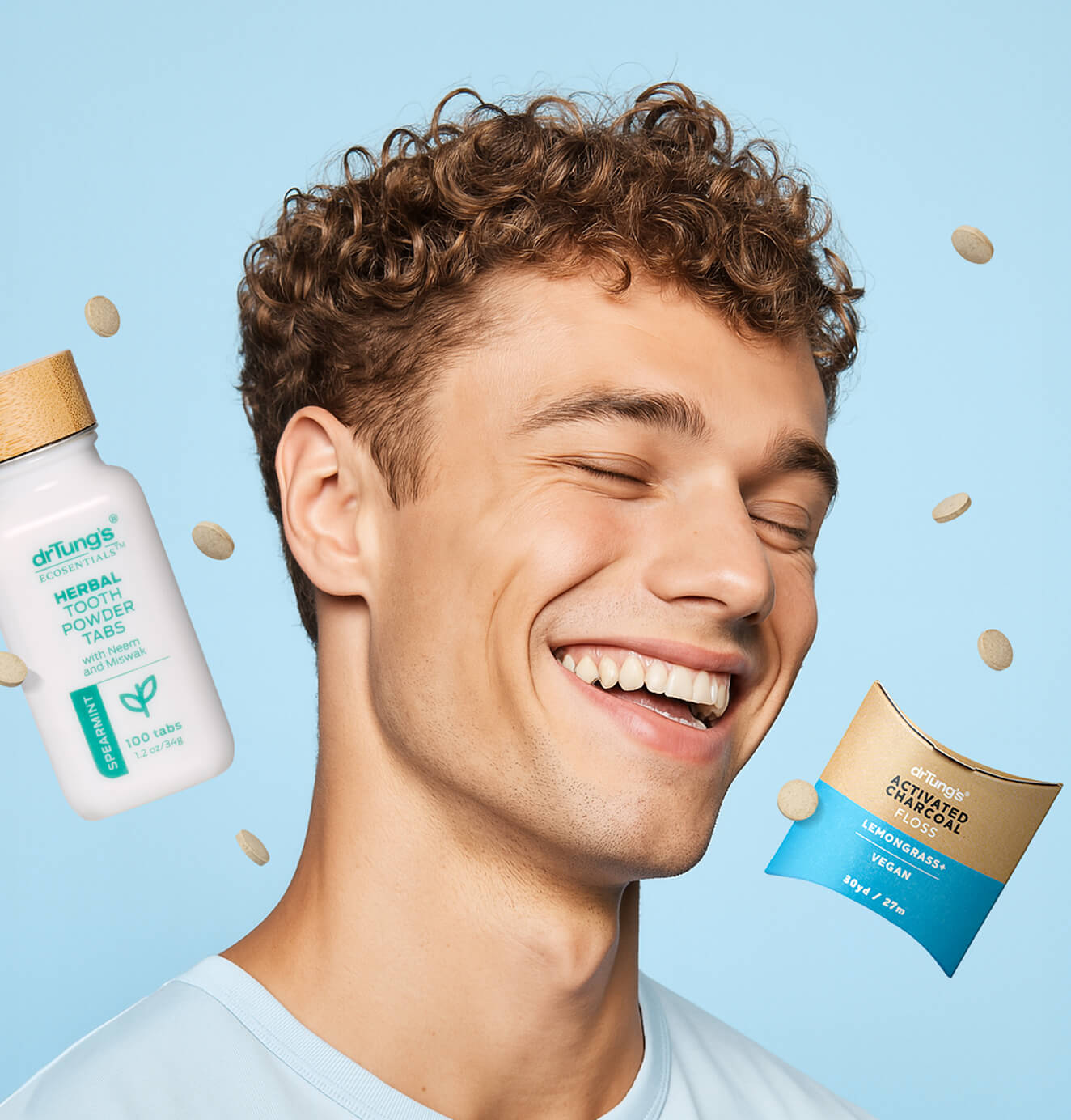
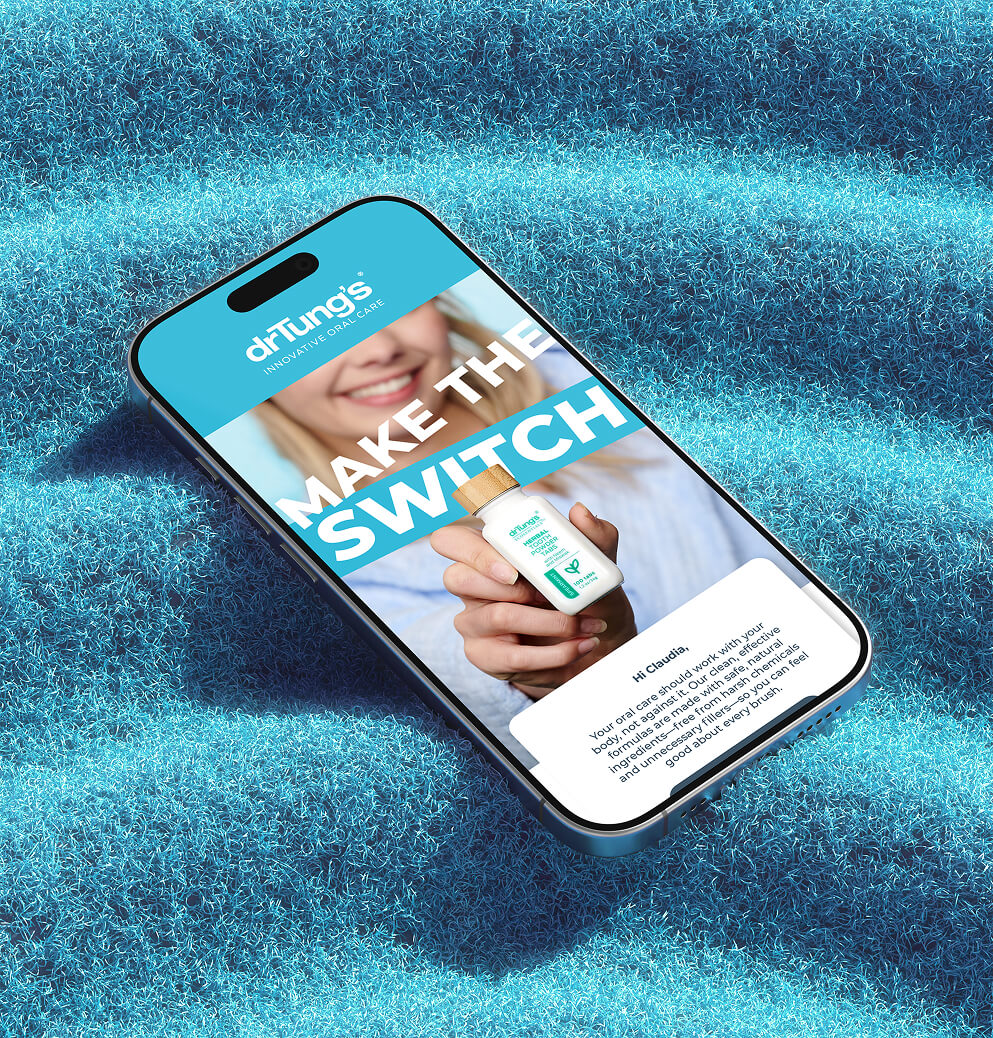

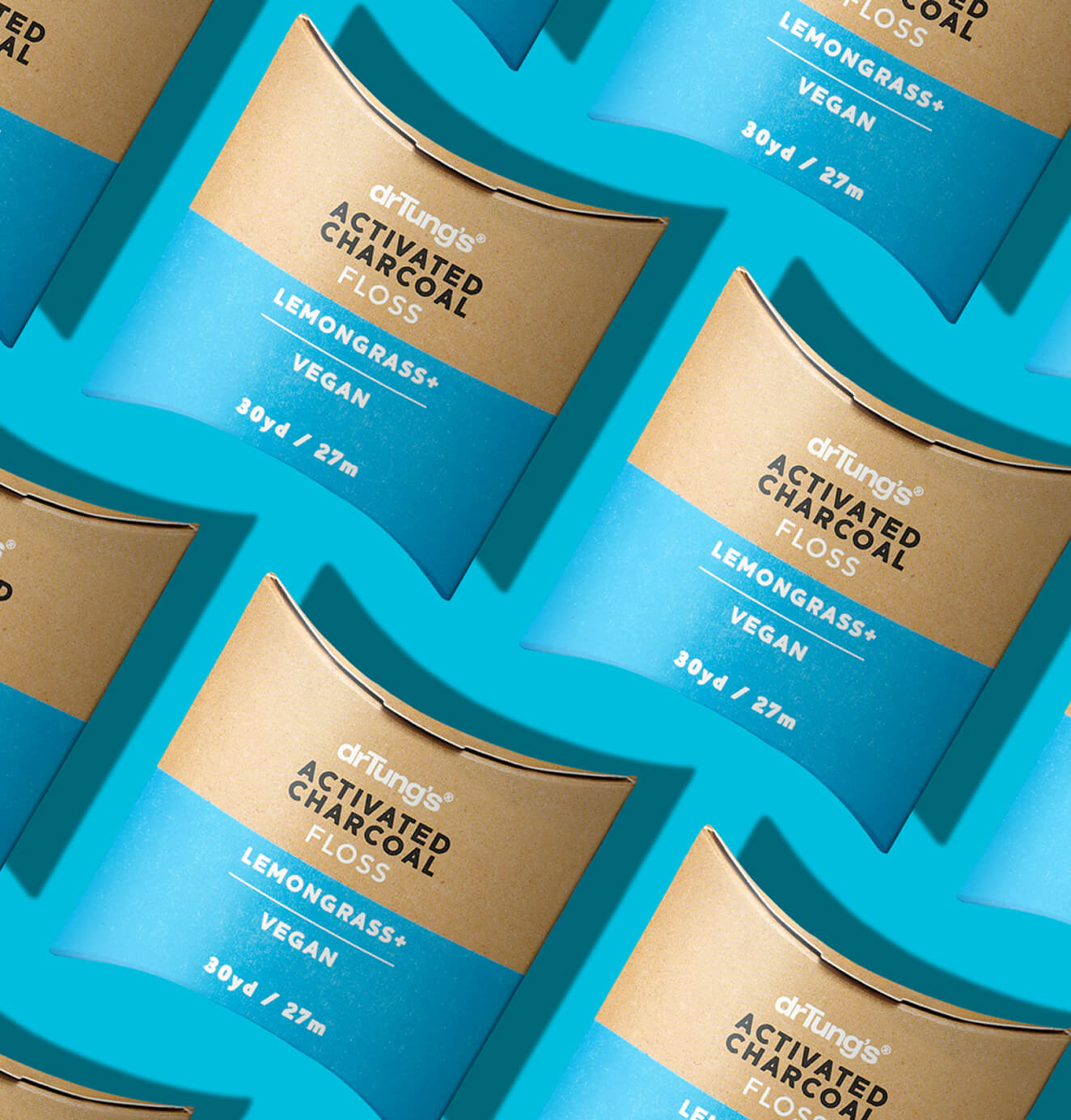




+93%Revenue growth in first 90 days
+144% Increase in attributed revenue


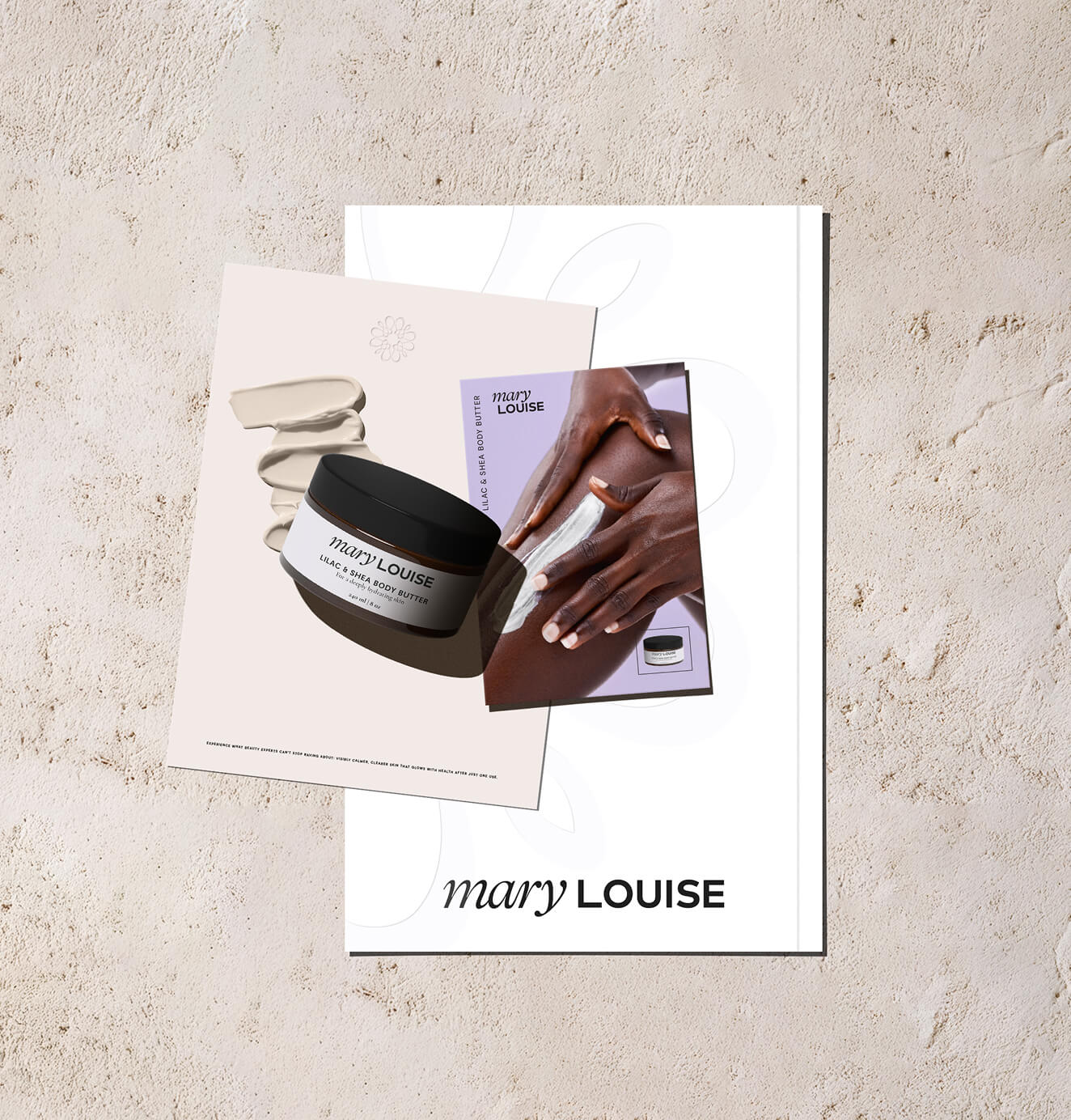
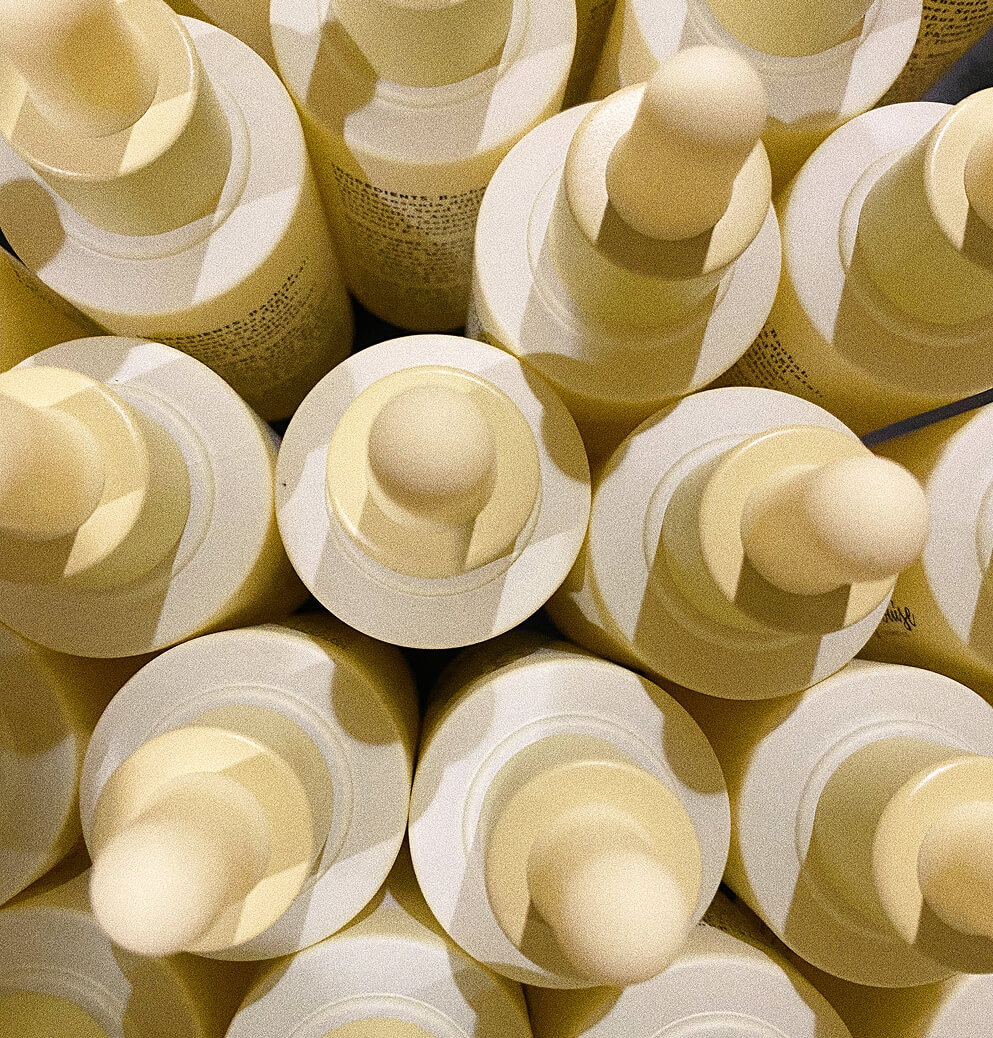




+91%Increase in conversion rate
+46%Increase in AOV

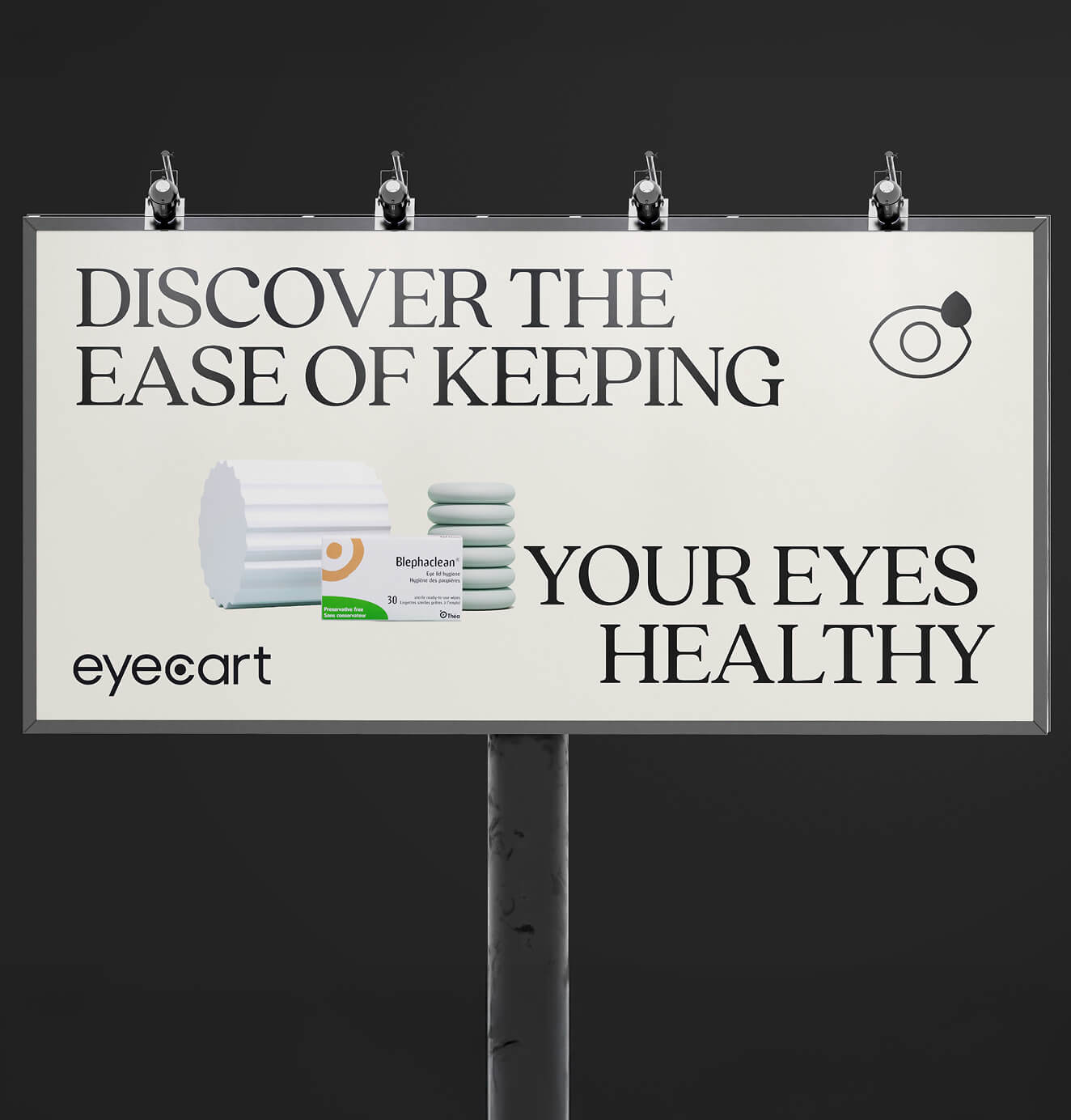
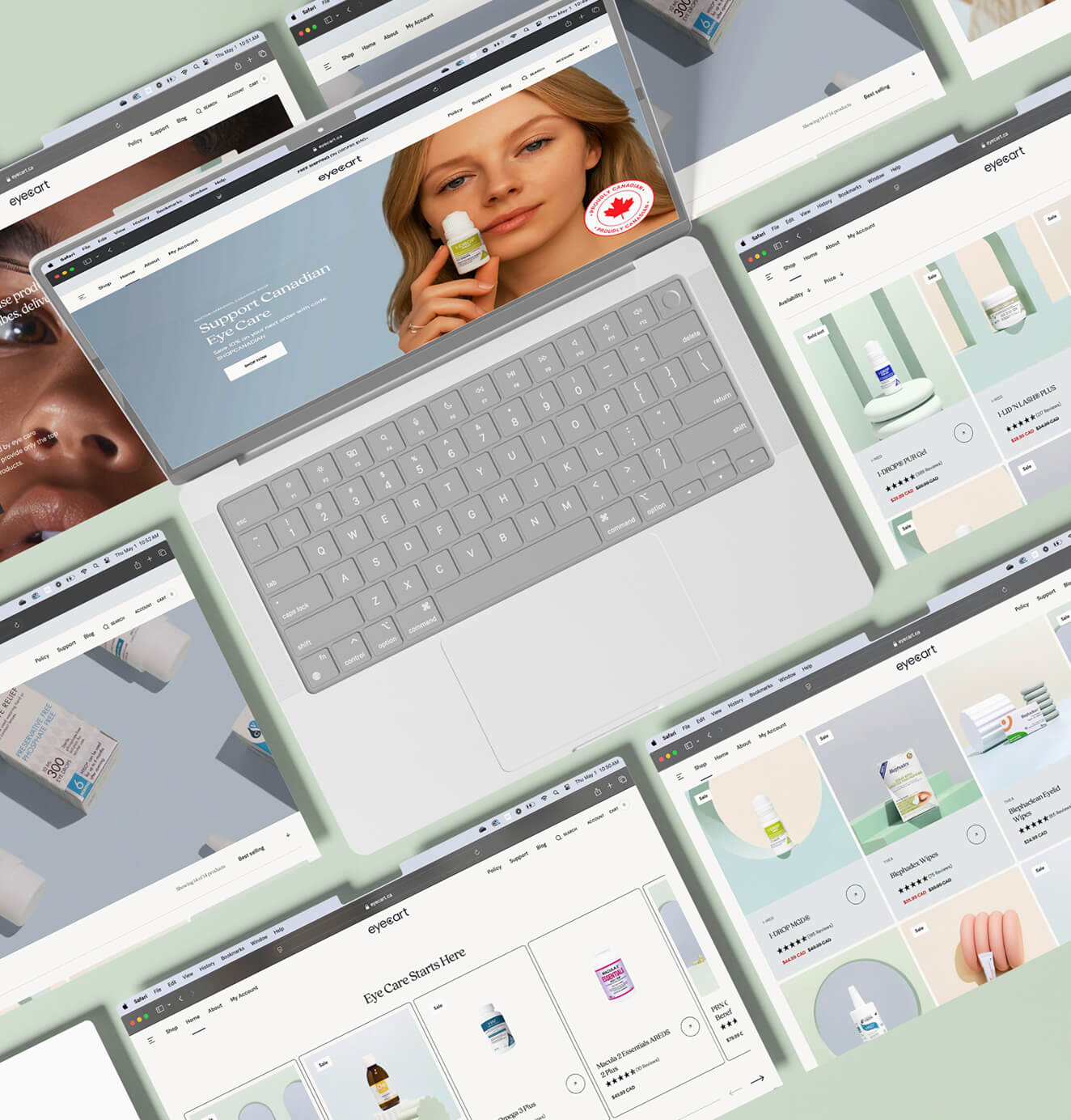





+200%Increase in conversion rate
+688%Increase in attributed revenue

